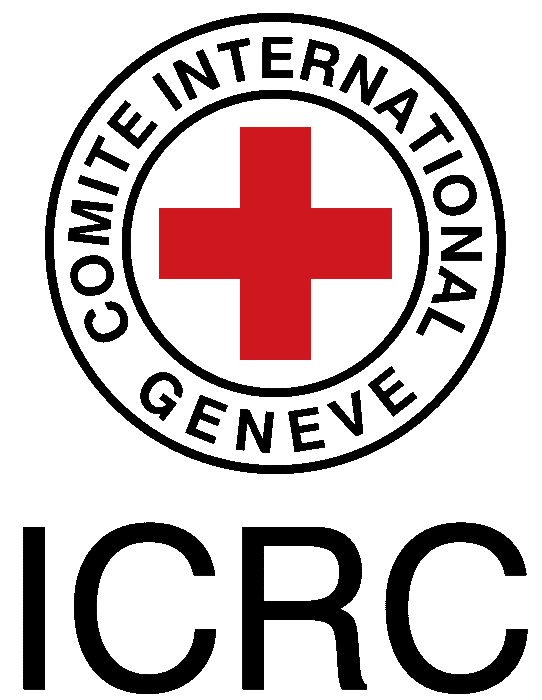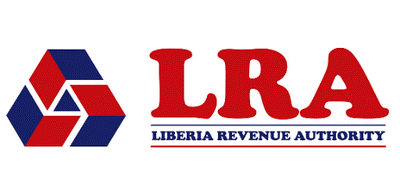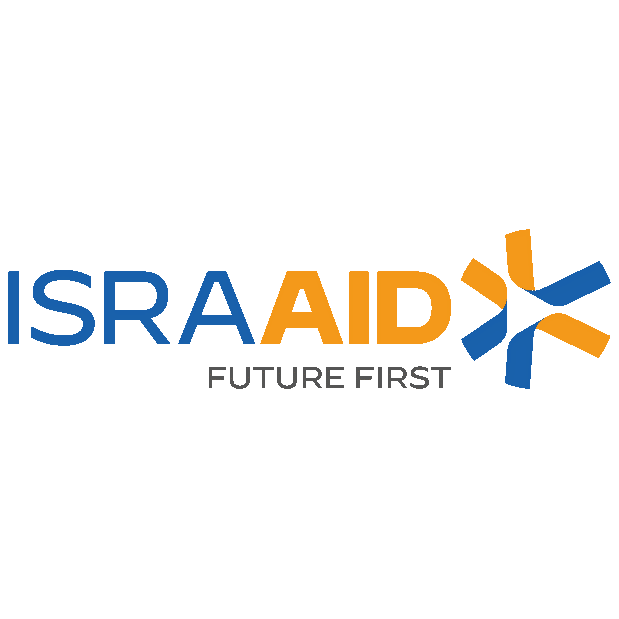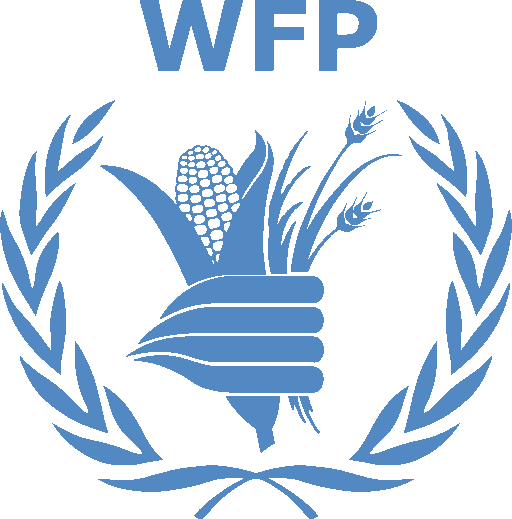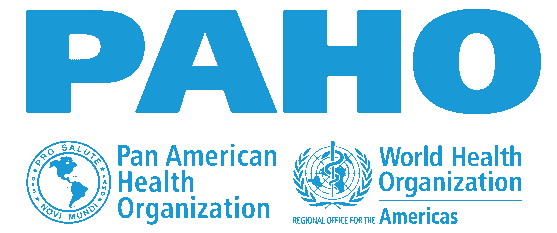Safeguarding Health and Environment: Chemical Hazard & Toxicology Management Training
INTRODUCTION
The safe handling, storage, and disposal of chemicals are critical for protecting human health and the environment. This comprehensive training course equips professionals with the essential knowledge and practical skills to effectively manage chemical hazards and understand the principles of toxicology. By mastering these concepts, you can implement robust safety protocols, minimize risks, ensure regulatory compliance, and contribute to a healthier and safer workplace and community.
This comprehensive chemical hazard & toxicology management training will empower participants to effectively manage chemical hazards, understand toxicological principles, and implement robust safety measures, contributing to a safer and healthier environment for workers and the community.
DURATION
5 days
TARGET AUDIENCE
This course is designed for professionals who work with or are responsible for the management of chemicals in various industries. This includes:
- Safety Managers and Officers
- HSE Professionals
- Environmental Managers
- Laboratory Personnel
- Production Managers and Supervisors
- Regulatory Affairs Specialists
- Waste Management Professionals
- Anyone involved in the handling, storage, transportation, or disposal of chemicals.
COURSE OBJECTIVES
Upon completion of this training course, participants will be able to:
- Understand the Fundamentals of Toxicology and Chemical Hazards: Grasp the basic principles of how chemicals interact with biological systems and the different types of chemical hazards.
- Identify and Classify Chemical Hazards: Learn to recognize and categorize chemicals based on their potential health and environmental risks.
- Apply Principles of Chemical Risk Assessment: Conduct thorough assessments to evaluate the likelihood and severity of harm from chemical exposure.
- Implement Effective Chemical Hazard Control Measures: Develop and apply strategies based on the hierarchy of controls to minimize chemical risks.
- Manage Chemical Storage, Handling, and Transportation Safely: Understand best practices for the safe management of chemicals throughout their lifecycle.
- Respond Effectively to Chemical Spills and Emergencies: Develop and implement procedures for handling chemical incidents and minimizing their impact.
- Navigate Relevant Chemical Safety Regulations and Standards: Understand and comply with applicable local, national, and international regulations.
- Communicate Chemical Hazard Information Effectively: Learn to convey chemical risks and safety precautions to workers and stakeholders.
COURSE MODULES
Module 1: Fundamentals of Toxicology and Chemical Hazards
- Introduction to Toxicology: Basic principles of how chemicals affect living organisms.
- Routes of Exposure: Understanding how chemicals enter the body (inhalation, ingestion, absorption, injection).
- Dose-Response Relationship: The correlation between the amount of chemical exposure and its effect.
- Acute vs. Chronic Toxicity: Distinguishing between immediate and long-term health effects.
- Introduction to Different Types of Chemical Hazards: Flammability, reactivity, corrosivity, toxicity, and environmental hazards.
Module 2: Identifying and Classifying Chemical Hazards
- Understanding Safety Data Sheets (SDS): Interpreting SDS information for hazard identification and safe handling.
- Chemical Labeling Systems: Recognizing and understanding different labeling systems (e.g., GHS).
- Classifying Chemicals Based on Health Hazards: Carcinogens, mutagens, reproductive toxins, irritants, sensitizers, neurotoxins.
- Classifying Chemicals Based on Physical Hazards: Flammable liquids, gases, solids, oxidizers, reactive chemicals.
- Classifying Chemicals Based on Environmental Hazards: Aquatic toxicity, persistence, bioaccumulation.
Module 3: Principles of Chemical Risk Assessment
- Introduction to Risk Assessment: Understanding the process of evaluating potential harm from chemical exposure.
- Hazard Identification in Risk Assessment: Identifying the specific chemicals of concern and their potential hazards.
- Exposure Assessment: Evaluating the likelihood and magnitude of human and environmental exposure to chemicals.
- Dose-Response Assessment in Risk Characterization: Determining the relationship between exposure and adverse effects.
- Risk Characterization and Communication: Summarizing the findings of the risk assessment and communicating the potential risks.
Module 4: Implementing Chemical Hazard Control Measures
- The Hierarchy of Controls for Chemical Hazards: Elimination, substitution, engineering controls, administrative controls, and personal protective equipment (PPE).
- Engineering 1 Controls for Chemical Hazards: Ventilation systems, containment strategies, process modifications.
- Administrative Controls for Chemical Hazards: Safe work procedures, training programs, exposure monitoring.
- Selecting and Using Appropriate Personal Protective Equipment (PPE): Respirators, gloves, eye protection, protective clothing.
- Developing and Implementing a Chemical Hygiene Plan.
Module 5: Safe Chemical Storage, Handling, and Transportation
- Principles of Safe Chemical Storage: Compatibility, segregation, labeling, ventilation, security.
- Safe Handling Practices for Chemicals: Minimizing exposure during transfer, mixing, and use.
- Developing and Implementing Safe Operating Procedures (SOPs) for Chemical Handling.
- Understanding Regulations for the Transportation of Hazardous Materials (HAZMAT).
- Emergency Procedures for Chemical Spills During Storage, Handling, and Transportation.
Module 6: Responding to Chemical Spills and Emergencies
- Developing a Chemical Spill Response Plan: Procedures for containment, cleanup, and reporting.
- First Aid Procedures for Chemical Exposure: Immediate actions to take in case of skin contact, inhalation, or ingestion.
- Using Spill Containment and Cleanup Equipment.
- Reporting Chemical Spills to Regulatory Authorities.
- Post-Incident Review and Lessons Learned from Chemical Spills.
Module 7: Chemical Safety Regulations and Standards
- Overview of Key Local, National, and International Chemical Safety Regulations (e.g., OSHA, EPA, REACH).
- Understanding Requirements for Chemical Inventory Management and Reporting.
- Compliance with Labeling and Safety Data Sheet (SDS) Requirements.
- Regulations Related to Chemical Waste Management and Disposal.
- Staying Up-to-Date with Changes in Chemical Safety Regulations.
Module 8: Communicating Chemical Hazard Information
- Developing Effective Chemical Hazard Communication Programs.
- Training Workers on Chemical Hazards and Safe Handling Procedures.
- Communicating Chemical Risks to the Public and Stakeholders.
- Utilizing Safety Data Sheets (SDS) and Labels for Effective Communication.
- Addressing Concerns and Questions about Chemical Safety.
CERTIFICATION
- Upon successful completion of this training, participants will be issued with Macskills Training and Development Institute Certificate
TRAINING VENUE
- Training will be held at Macskills Training Centre. We also tailor make the training upon request at different locations across the world.
AIRPORT PICK UP AND ACCOMMODATION
- Airport pick up and accommodation is arranged upon request
TERMS OF PAYMENT
- Payment should be made to Macskills Development Institute bank account before the start of the training and receipts sent to info@macskillsdevelopment.com
Safeguarding Health And Environment: Chemical Hazard & Toxicology Management Training in Kenya
| Dates | Fees | Location | Action |
|---|---|---|---|
| 20/10/2025 - 24/10/2025 | $2,900 | Kigali |
|
| 27/10/2025 - 31/10/2025 | $1,250 | Nairobi |
|
| 03/11/2025 - 07/11/2025 | $4,000 | Johannesburg |
|
| 17/11/2025 - 21/11/2025 | $2,900 | Kigali |
|
| 24/11/2025 - 28/11/2025 | $1,250 | Nairobi |
|
| 01/12/2025 - 05/12/2025 | $1,500 | Mombasa |
|
| 08/12/2025 - 12/12/2025 | $1,250 | Nairobi |
|
| 05/01/2026 - 09/01/2026 | $4,950 | Dubai |
|
| 19/01/2026 - 23/01/2026 | $2,900 | Kigali |
|
| 26/01/2026 - 30/01/2026 | $1,250 | Nairobi |
|
| 02/02/2026 - 06/02/2026 | $4,000 | Pretoria |
|
| 16/02/2026 - 20/02/2026 | $1,750 | Mombasa |
|
| 16/02/2026 - 20/02/2026 | $1,750 | Mombasa |
|
| 23/02/2026 - 27/02/2026 | $1,250 | Nairobi |
|
| 02/03/2026 - 06/03/2026 | $4,950 | Instanbul |
|
| 16/03/2026 - 20/03/2026 | $2,900 | Kigali |
|
| 23/03/2026 - 27/03/2026 | $1,250 | Nairobi |
|
| 06/04/2026 - 10/04/2026 | $4,000 | Johannesburg |
|
| 13/04/2026 - 17/04/2026 | $1,750 | Mombasa |
|
| 20/04/2026 - 24/04/2026 | $1,250 | Nairobi |
|
| 04/05/2026 - 08/05/2026 | $4,950 | Dubai |
|
| 18/05/2026 - 22/05/2026 | $2,900 | Kigali |
|
| 25/05/2026 - 29/05/2026 | $1,250 | Nairobi |
|
| 01/06/2026 - 05/06/2026 | $4,000 | Pretoria |
|
| 15/06/2026 - 19/06/2026 | $1,750 | Mombasa |
|
| 22/06/2026 - 26/06/2026 | $1,250 | Nairobi |
|







